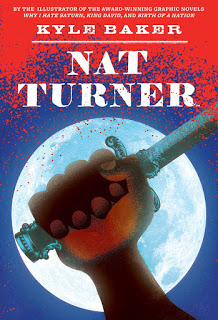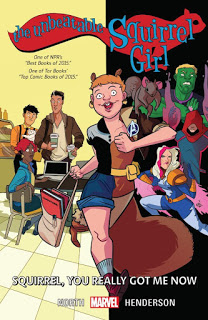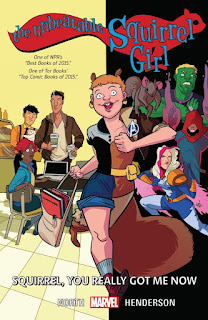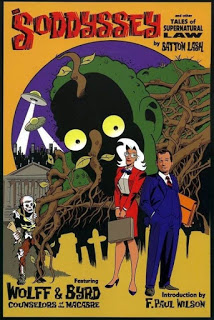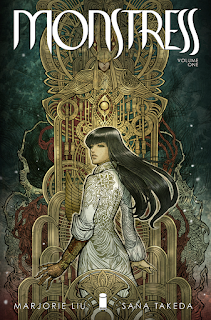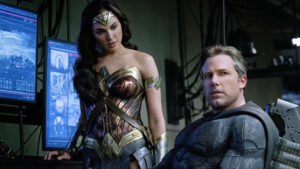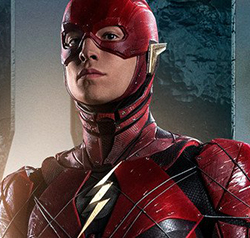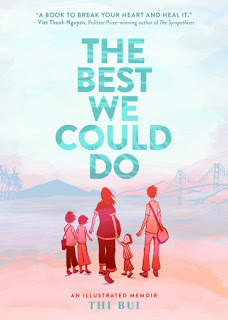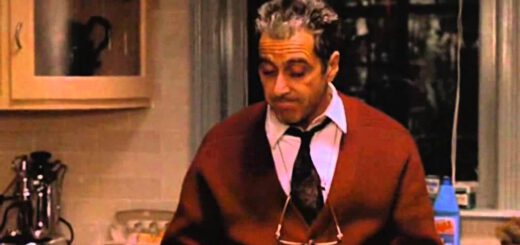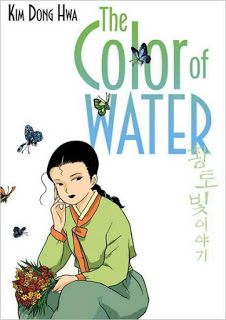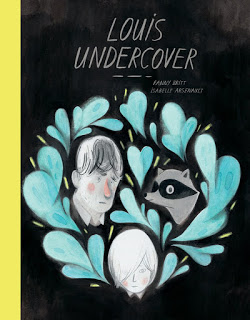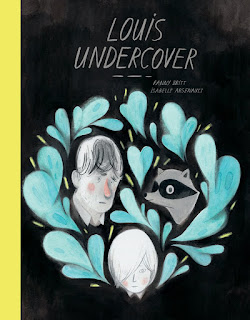Book-A-Day 2018 #79: Nat Turner by Kyle Baker
I am in great danger of dancing about architecture here, so I’ll acknowledge it, first, and then try to move on.
Nat Turner is a nearly wordless graphic novel: it contains only narration taken from The Confessions of Nat Turner (a contemporary account), and some sound effects. All of the characters in it are silent as we see them — for dramatic effect or because the vast majority of them were silenced at the time and by history, you can decide for yourself. So what I’m here to do is use words to talk about a story told only in pictures.
“Dancing about architecture,” as I said.
Nat Turner was written and drawn by Kyle Baker, and originally self-published by him as four individual comics. The book edition came from Abrams exactly a decade ago, in 2008. The copy I have in my hand has a slightly different cover than the one I’ve found online: there’s only a light spattering of blood drops over the word “Turner” and down the left side, connecting to a red-patterned spine and back cover. I light the brightness and visual metaphor of the version shown here, but maybe the bookstores of America balked at so much blood.
Nat Turner [1] was born into slavery in Virginia in 1800. His father is believed to have run away and escaped from slavery when Nat was very young. Nat was very intelligent, and self-taught as much as he could, learning to read on his own and devouring every book he could. He led a rebellion of local slaves in 1831, which had some immediate success but was quickly suppressed. And, of course, he was tried and killed soon afterward. (Depending on how cynical you are, it can be counted a victory that a black man in 1831 Virginia was actually tried and found guilty before he was killed by white people.) Those are the bare facts.
Baker takes that story and extends it, beginning with Nat’s mother, captured by slavers in Africa and shipped to America. That was the first issue; the second covers Nat’s youth, growth to manhood, and religious awakening. (Like so many others who led massacres, Nat thought God talked to him and made him for a special destiny. Unlike most of them, we still have sympathy for Nat.) The third issue has the events of the rebellion, in all of their bloody, chaotic fury. And the fourth is the aftermath: Nat’s hanging and Baker’s notes and afterword.
Baker’s art is dark and moody, a chiaroscuro of browns and blacks. The faces are expressive and with just an occasional touch of cartooniness — much more realistic than most of his work. His choice of images and panel-to-panel storytelling is superb, and the whole thing — even told originally across four issues — is entirely unified. Nat Turner has a massive moral and imagistic power, even to this white guy whose ancestors were entirely Northerners.
I don’t see Nat Turner listed in those standard compilations of the “Best Modern Graphic Novels” much — maybe because it’s too raw, too shocking. It should be; it does stand that comparison and should be in that company. And it’s a good reminder to oppressors everywhere — even if they don’t think themselves oppressors, even if they think they’re the ones oppressed — that when there are people under you with no way out and no recourse, they will rise up eventually, and you may not survive the experience.
[1] “Turner” was the family name of Nat’s owners. It’s not clear to me if he ever used a second name while alive, or if that was a luxury held by white people.
![]()
![]()
Reposted from The Antick Musings of G.B.H. Hornswoggler, Gent.

